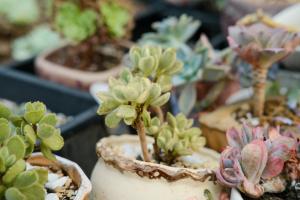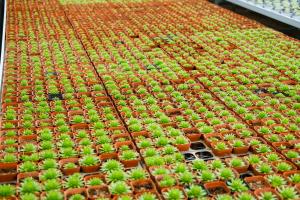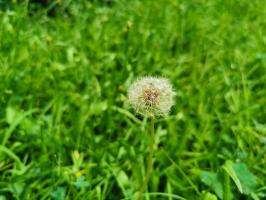Where to Prune Cherry Tomato Plants
Pruning is an essential activity for any gardener with cherry tomato plants. Proper pruning ensures that the plants remain healthy, continue to produce fruits and develop a strong structure. However, not every part of the plant can be pruned, and not every time is ideal for pruning. In this article, we'll explore where to prune cherry tomato plants for optimal growth and yield.
Prune Suckers
One of the most important areas to prune on cherry tomato plants is the suckers. Suckers are the small branches that develop on the stem of the plant, mainly in the joint between the stem and the side branches. If left to grow, they will compete with the main stem for nutrients and weaken the plant's structure.
To prune suckers in cherry tomato plants, use pruning shears to snip them off as soon as they appear. As a general rule, it's best to remove suckers when they are less than two inches long to minimize the stress on the plant. Check for suckers at least once a week to keep up with any new growth.
Prune Diseased, Damaged or Dying Leaves
Another area to pay close attention to is the leaves of the cherry tomato plant. Leaves that are diseased, damaged, or dying can quickly spread the problem to the rest of the plant. They can also take up valuable nutrients that the plant could use for growth and yield.
To prune diseased or damaged leaves, use sharp and clean pruning shears, so you don't spread the disease or cause more damage. For dying leaves, gently snap them off with your fingers, making sure to remove them completely without leaving any dead tissue behind.
Don't Prune the Top Stem
While pruning the sucker branches is essential, it's equally important not to prune the top stem of the cherry tomato plant. The top stem, also called the main stem, is the primary source of nutrients and energy for the plant. It's responsible for producing fruits and supporting the side branches.
If you prune the top stem, the entire plant will stop growing, and the yield will suffer. So, resist the temptation to prune the top stem, no matter how long or out of control it looks. Instead, focus on pruning suckers and leaves to promote optimal growth and yield.
Enjoy the Benefits of Pruning Cherry Tomato Plants
Pruning cherry tomato plants may seem like a daunting task, but it's one of the essential practices for a successful harvest. With the tips, we've shared for where to prune cherry tomato plants, you'll be on your way to a healthy, productive, and bountiful crop. So, grab your pruning shears and get to work!

 how many times do yo...
how many times do yo... how many planted tre...
how many planted tre... how many pine trees ...
how many pine trees ... how many pecan trees...
how many pecan trees... how many plants comp...
how many plants comp... how many plants can ...
how many plants can ... how many plants and ...
how many plants and ... how many pepper plan...
how many pepper plan...
































